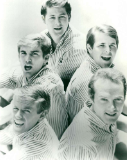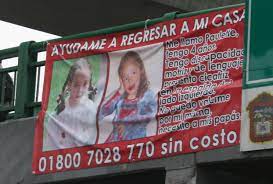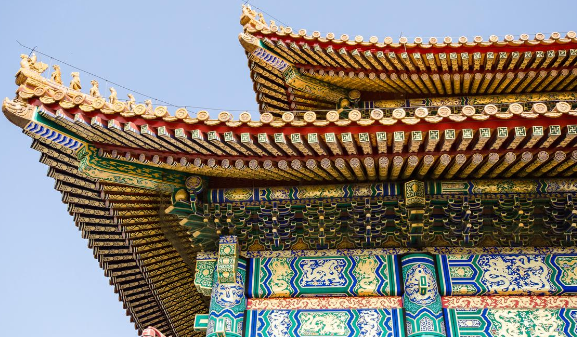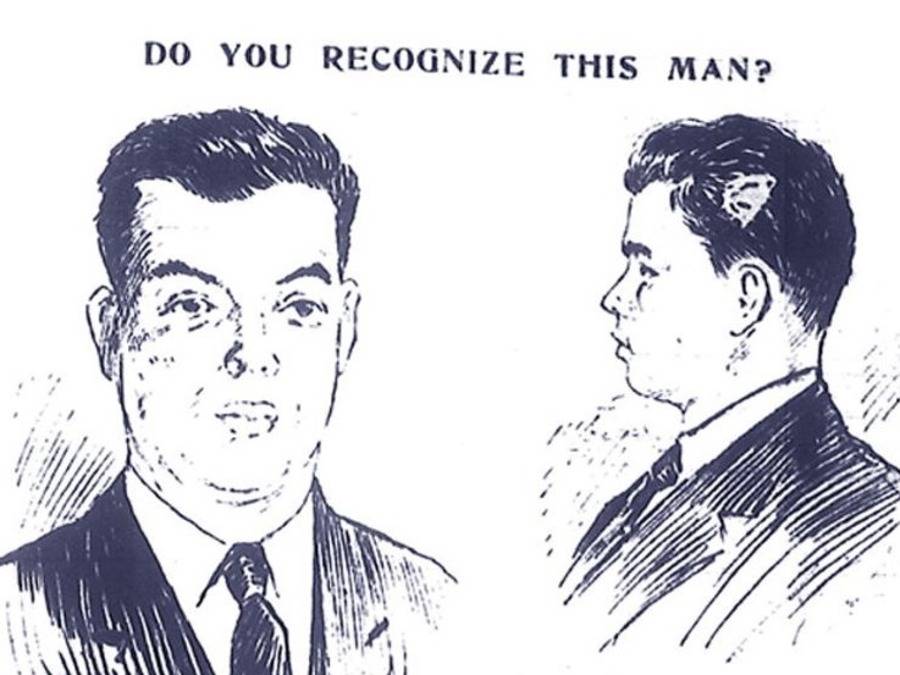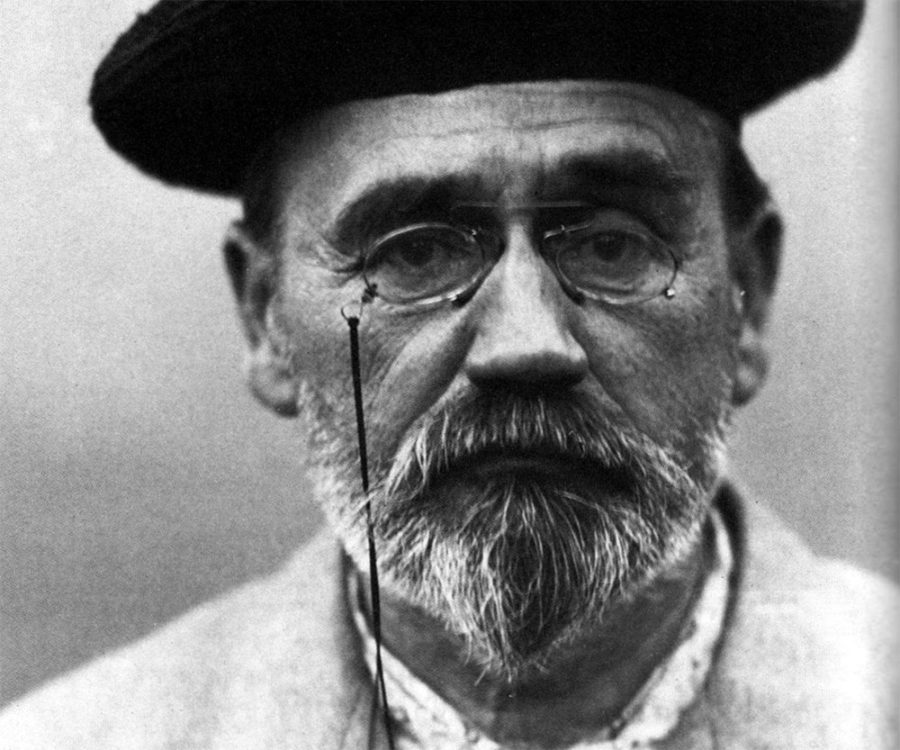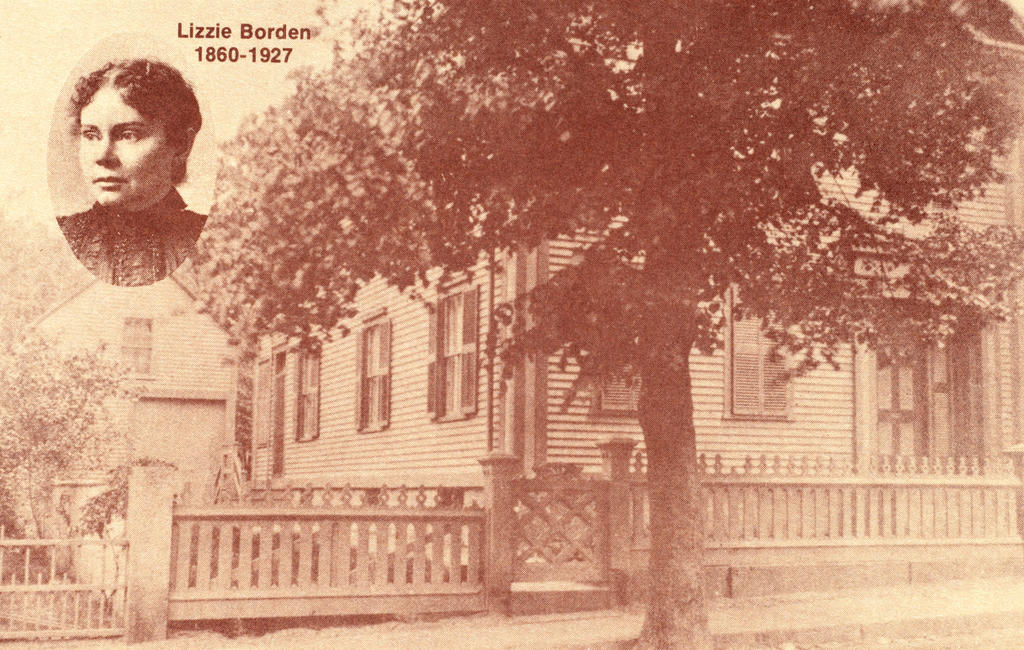Son; The Mother of Cuban Music

Image via Wikipedia
February 1, 2022
Cuba is well known for many things, but their music and dances are without a doubt are the most famous.
Cuba’s typical music and dances were born with the arrival of an African slave in the hand of the Spanish Empery to Cuba. The slaves brought their own rhythms and ritual dances, that end being mixed with the already traditional Cuban music and the melody of the Spanish guitars. With time, the fusion of these three different styles became Son.
Son is the mother of every music style that has been born in Cuba and consists of a mix of African-Spanish music. It began to gain popularity at the beginning of the 30 decades, still being to this day one of the most popular dances and influential styles.
Although much of the popular Cuban musical is linked to the Afro-Cuban religion of Santeria, the favorite musical genre is the Son. The Son is the base on which styles such as mambo, bolero, or salsa emerged. The mestizo musical styles that were born in Cuba continue to be enormously popular and influential throughout the world.
In the Son, the sounds of the stringed instruments are mixed with the percussion instruments. It incorporates the guitar and three, a stringed instrument from Cuba, and percussion instruments such as bongos, maracas, and keys.
On a rhythmic level, the Son inherits the sound of the Changüi rhythm. When the Son travels to Havana at the beginning of the 20th century, he also incorporates the rhythm of the clave, which he picks up from the Cuban rumba.
At the beginning of the 20th century, the Son was a genre marginalized to the poor classes. Only the working classes and Afro-Cubans listened and danced to it. With the arrival of the radio to Cuba at the end of the 20 decades, Son’s popularity increased in a massive way.
The dance of the Son was born at the same time as the music. At first, the dance caused a huge scandal. They banned it as a threat to public order and good customs.
The popular couple dance of that time was the danzón, which had also been rejected in its early days. The Son dance was more daring than the danzón. In the Son, the couple danced in a much closer position. The bodies stuck together, the legs entwined, and the women moved their hips sensually.
The popularity of the Son dance couldn’t be helped, even though it was initially rejected. The Son dance not only became popular, but it also became a highly influential pioneer dance.
The Son established the basic foundations of Latin dances such as salsa and mambo. The steps and movements of the Son are similar to the steps and movements of salsa that are danced today.
In it, the dancers execute the steps and movements to a syncopated rhythm. The movement of the shoulders, pelvis, and hips also set the pace. All of these dance characteristics are found in salsa, mambo, and other Latin dances.
The traditional Cuban Son no longer has the enormous popularity it had during the 1930s. However, it continues to have fervent followers in Cuba and in countries such as Puerto Rico, The Dominican Republic, Venezuela, Colombia, Peru, The United States, and Spain.
The greatest influence of Cuban Son can be felt today in salsa since it is one of its main foundations both in its music and in its dance. Son is also a genre that includes most of the musical and dance genres in the Latin world.





























